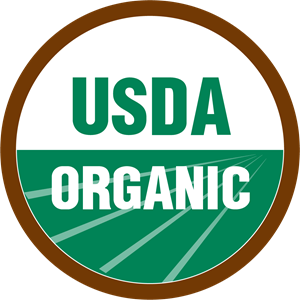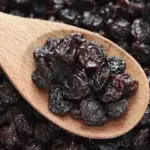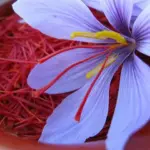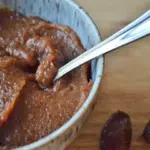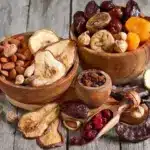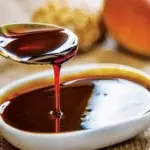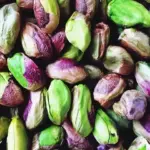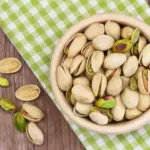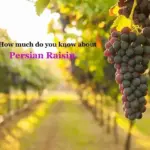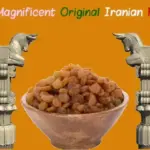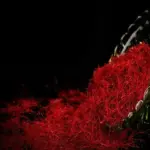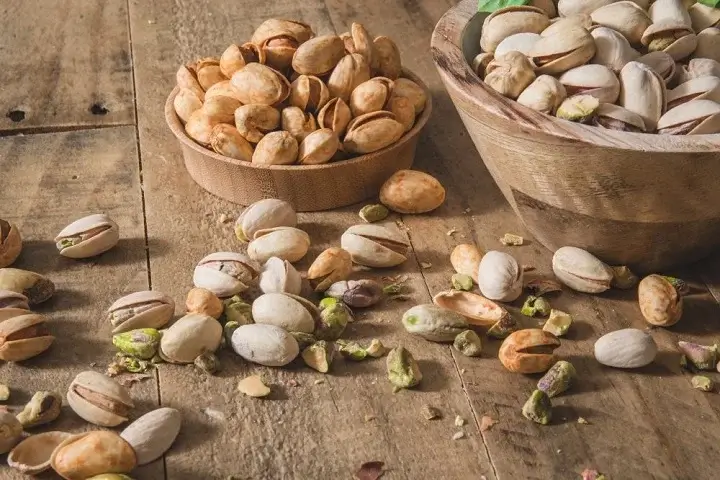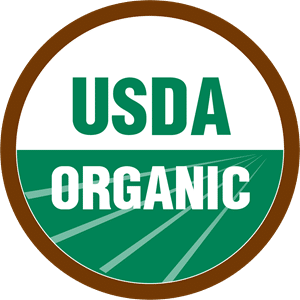In this article from the RST FOOD site, we intend to introduce you completely to pistachio aflatoxin, so stay with us.
Are you interested in Iranian pistachios Aflatoxin-free?
Pistachio is one of the most important export items of Iran, and we are one of the major pistachio exporting countries in the world. But today, America is the main exporter of pistachios to the world. While in several years before, this position belonged to Iran. The main problem of Iranian pistachios is pistachio aflatoxin.
Quality is when customers come back not the products

In Western Asia, pistachios are commercially produced in Afghanistan, Iran, Iraq, and Turkey. But Iran has the second place in the world after the United States of America. Usually, in the first 3 countries, pistachios are peeled, processed, and stored very quickly after harvesting (in Iran, it is done in one day). This method is called the fast method. In Turkey, pistachios with green Hull are stored for months and years. This method is called slow method. The main problem with pistachios is the production of aflatoxin by Aspergillus flavus and A parasiticus. Aflatoxin, like other fungal toxins, is a secondary metabolite that is produced by microorganisms and thereby makes the environment special for itself. Poison production is mainly related to pre-harvest. But it is dried in pistachio after harvesting, if the conditions are favorable, Different types of aflatoxin are produced by molds, which are: B1, B2, G, G2. The most dangerous of them is B1, which is usually considered as an indicator in the laboratory. Aflatoxin is a carcinogenic poison. The maximum allowed amount of aflatoxin B1 and the total amount of aflatoxin are different in different countries and according to the relevant standards.
pistachio aflatoxin & shell

Pistachio is the core of Pistacia vera fruit. Each fruit has a single kernel, which consists of a kernel with a covering called a testa, which is inside a hard shell. The hard shell is placed inside a protective cover called the green cover (Hull).
Usually a month before ripening or even earlier, the tough skin splits into the green cover. The green cover must remain healthy, but sometimes it cracks naturally before harvesting, and these initial cracks and the subsequent increases make the pistachio prone to contamination with aflatoxin, which is one of the most important pests of pistachios. Early cracks in the green cover allow the attack of insects, especially Amyelios transitella (Walker) [Navel orangeworm], and pistachios damaged by insects are highly susceptible to the risk of aflatoxin contamination. Peeling the green pistachio skin is done with 2 methods:
1- wet processing and dry processing. Wet processing is done by large and medium units, while dry process is mostly done in small industries.
2- The best way to control and prevent the production of pistachio aflatoxin is to use and follow the principles of the HACCP system, which we will discuss in the next newsletters.
RST shares its farm control methods with you… stay with us.
Be sure to comment your opinions and suggestions to us so that we can also benefit from your experiences.
Related products:
- FANDOGHI PISTACHIO
- KALLEH GHOUCHI PISTACHIO
- AKBARI PISTACHIO
- AHMAD AGHAEI PISTACHIO
- BADAMI PISTACHIO
- WHOLE PISTACHIO KERNEL
- GREEN PISTACHIO KERNEL
Read more:

